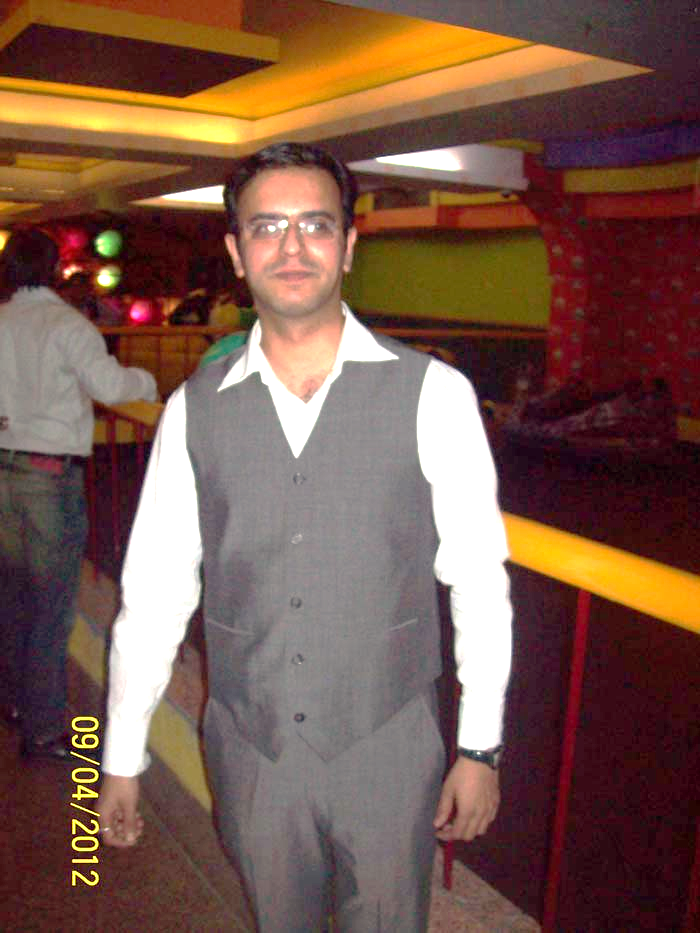🕯️ Pitri Paksha: A Sacred Dialogue with the Departed
In the quiet descent of the moon’s light, as Bhadrapada (usually September) wanes, a sacred window opens—Pitri Paksha, the fortnight when time bends to memory and devotion, culminating on Sarvapitri Amavasya, also known as Mahalaya Amavasya.
Each day aligns with a specific tithi, guiding families to perform Shraddha for ancestors who departed on that lunar date.
Pitri Paksha is also known as Shradh Paksha, Mahalaya or Apara Paksha.
Across sixteen lunar days in the Hindu calendar, families pause to honour those who came before, offering prayers, food, and water to nourish the souls of their ancestors.
This is not mourning—it is communion. A ritual of remembrance where love transcends lifetimes.
🪔 Key Rituals
- Shraddha (श्राद्ध): A sacred offering of cooked food, water, and heartfelt prayers—performed with humility and love. Usually performed by the eldest son or male relative.
- Tarpan (तर्पण): Water mixed with sesame seeds, poured with mantras that echo through realms.
- Pind Daan (पिंडदान): Rice balls mixed with ghee and sesame offered as symbolic sustenance for the departed, binding the living to the eternal.
- Charity (दान): Feeding Brahmins, cows, crows, and the needy is considered equivalent to feeding ancestors.
🌑 Mahalaya Amavasya: The Grand Benediction
The final day, Sarvapitri Amavasya, is a universal invocation. Even ancestors whose death dates are unknown receive offerings on this day.
It is the crescendo of Pitri Paksha—a collective embrace of lineage, love, and liberation.🚫 Sacred Restraint
During Pitri Paksha, Hindus refrain from:- Celebrations, weddings, or new ventures
- Buying property or initiating major life changes
This is a time for stillness, reflection, and reverence—not festivity.
🌿 Signs of Ancestral Grace
When a crow accepts your offering, when dreams bring peaceful glimpses of those you’ve lost, when blessings arrive unbidden—these are whispers from the other side. Signs that your devotion has reached them.
*Share your experiences and stories in the comments below. Let’s inspire one another and build a supportive community together.
Author Bio
Rajesh Pathak is a bilingual spiritual writer and ritual documentarian who creates accessible guides for meaningful family worship.
He specializes in translating sacred ceremonies and crafting practical tips that honour tradition and foster harmony. His expertise in technical writing and cultural studies ensures each ritual is presented with authenticity and clarity.



